By Steve Gencorelli
Good Day, fellow helical pile advocates! I hope your summer is as sizzling as ours is at the DANBRO® Headquarters in Philadelphia. Speaking of our headquarters and the largest helical pile yard in the Northeast, feel free to schedule an appointment to visit the stockyard. If you are in the area and want to get a hands-on experience, just drop me an email.
Now on to the topic at hand…

I often get this recurring question from many structural engineers designing a commercial project on helical piles: “As the structural engineer for a commercial project on helical piles, what is my professional responsibility when dealing with the helical piles?” To answer that question, it helps to understand the process as a whole and where the engineer fits into it.
To begin the conversation, I need to know a few things: What is your comfort level and educational experience with helical piles? How much liability does your company take with deep foundation systems?
For the rest of this article, I will assume the firm does not have a geotechnical department nor vast experience with helical piles. In this case, a conservative design will be necessary to alleviate your liability concerns with enough ammo on the drawings and in the specifications to get the deep foundation system designed correctly. The big picture, and final result, is a third party (the installer) performance design of the helical piles. Often the design is required to be signed and sealed by a professional engineer with enough experience in the design of helical piles. This is either dictated by the state/local code or the structural engineer’s judgment.
After the structural engineer has included all the necessary information on the drawings and specified helical piles for the performance design, a general contractor will come on board. They sub out the installation of the helical piles. The GC places the performance design on the installer. Most of our installers have their go-to-engineers that seal all of their projects. Sometimes, the design has been completed prior to this by the installer’s engineer or in-house at DANBRO® Distributors. (Please note that I am available to help with general notes, details, and specifications at any point during the process.) This is, in part, mainly for bidding purposes or feasibility studies for structural or geotechnical engineers. The final sealed design is then submitted to the structural engineer for review. This completes the design portion of the process. The engineer should expect a few more submittals including pre-certification requirements, installation logs, and, possibly, load test reports, if required.
Obviously, this is just one approach to completing a commercial project with helical piles, but we find that it works well.
Don’t forget: DANBRO® Distributors is always available to help with feasibility studies for your next project. Don’t hesitate to contact us!
_________________________________________________________________________
 Steve Gencorelli, P.E. is Danbro Distributors’ resident Structural Engineer. He has designed buildings in over fifteen states on the east coast in the past twelve years. (Check out Steve’s imaginative analysis of building the Colosseum in Philadelphia!
Steve Gencorelli, P.E. is Danbro Distributors’ resident Structural Engineer. He has designed buildings in over fifteen states on the east coast in the past twelve years. (Check out Steve’s imaginative analysis of building the Colosseum in Philadelphia!


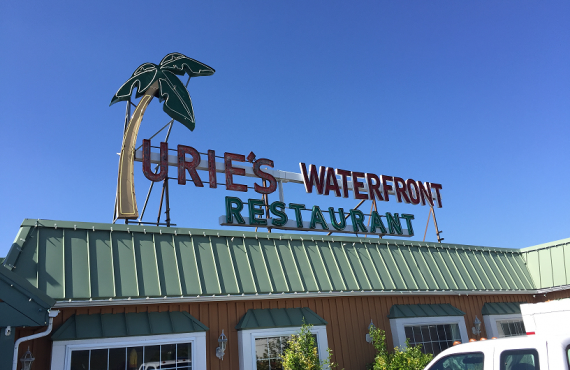
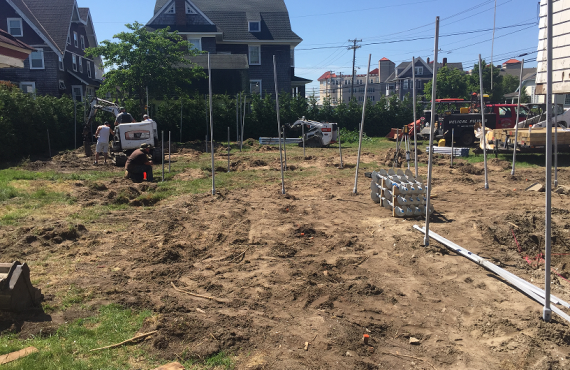
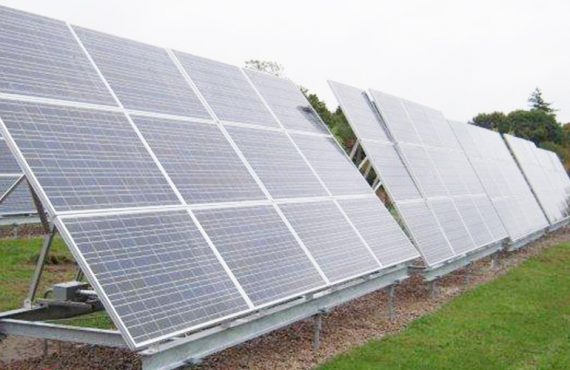
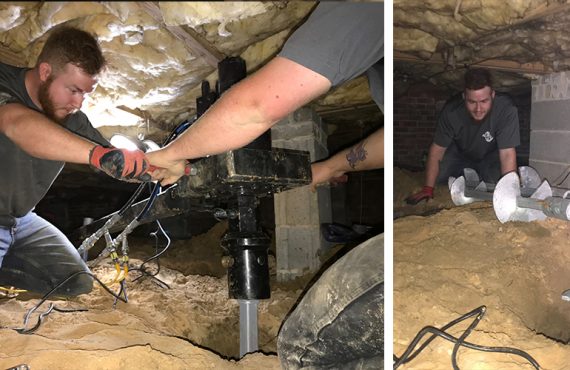
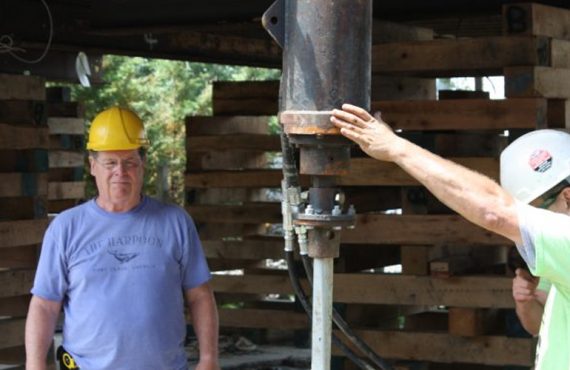
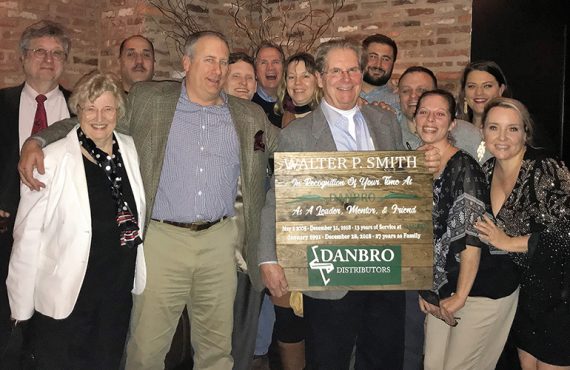
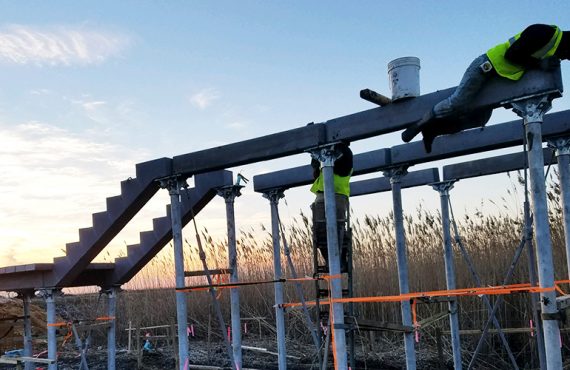
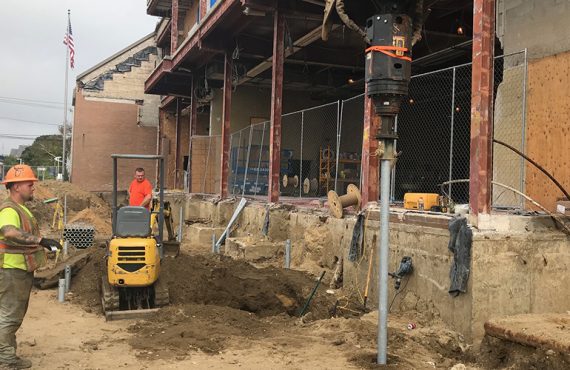
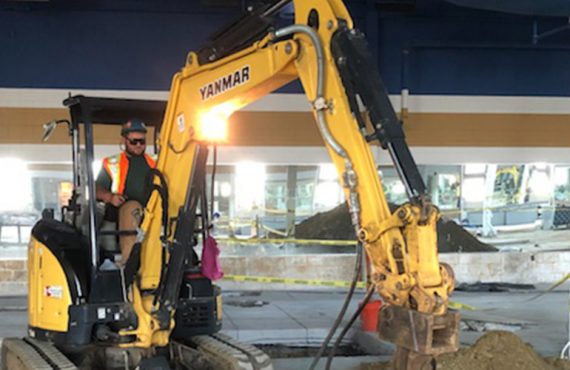
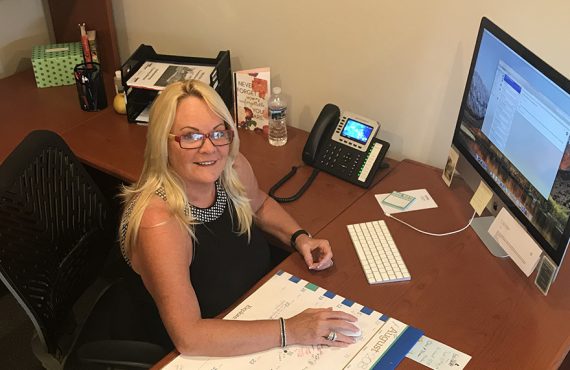
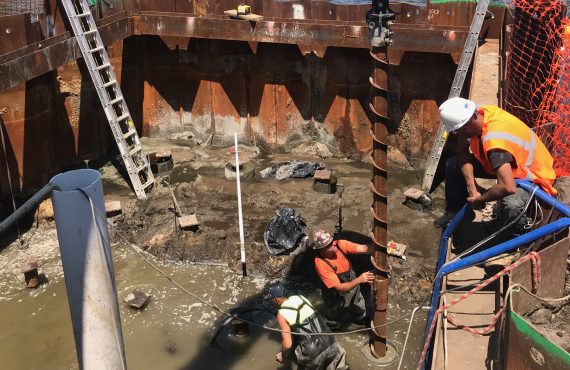
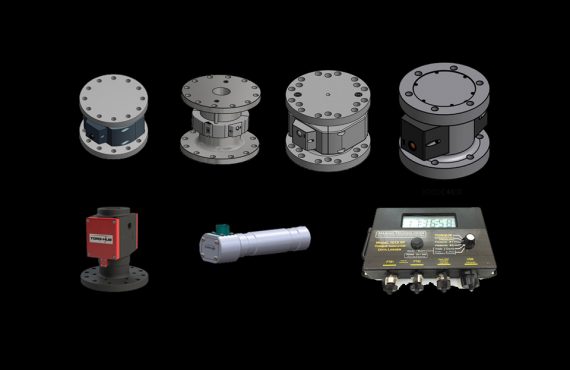
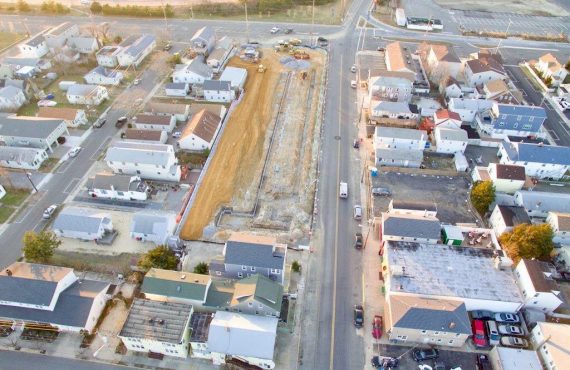




[…] The bottom line is that we at DANBRO work diligently on your behalf to provide you with data and information on which you can rely. We are striving to be as economical and competitive as possible and the only way to do this is with the pertinent information. A few parameters can go a long way for someone who is experienced in the design and use of helical piles. […]
[…] the east coast in the past twelve years, and is constantly developing innovative ways to use the CHANCETM Helical Pier System. (Check out Steve’s imaginative analysis of building the Colosseum in […]
[…] the east coast in the past twelve years, and is constantly developing innovative ways to use the CHANCE® Helical Pier System. (Check out Steve’s imaginative analysis of building the Colosseum in […]
[…] is SOOOO different. We still work hard to be specified thanks to the efforts of DANBRO’s in-house Structural Engineer, Steve Gencorelli, P.E., and the […]
[…] the east coast in the past twelve years, and is constantly developing innovative ways to use the CHANCE® Helical Pier System (like […]
[…] the east coast in the past twelve years, and is constantly developing innovative ways to use the CHANCE® Helical Pier System (like […]
[…] the east coast in the past twelve years, and is constantly developing innovative ways to use the CHANCE® Helical Pier System (like […]